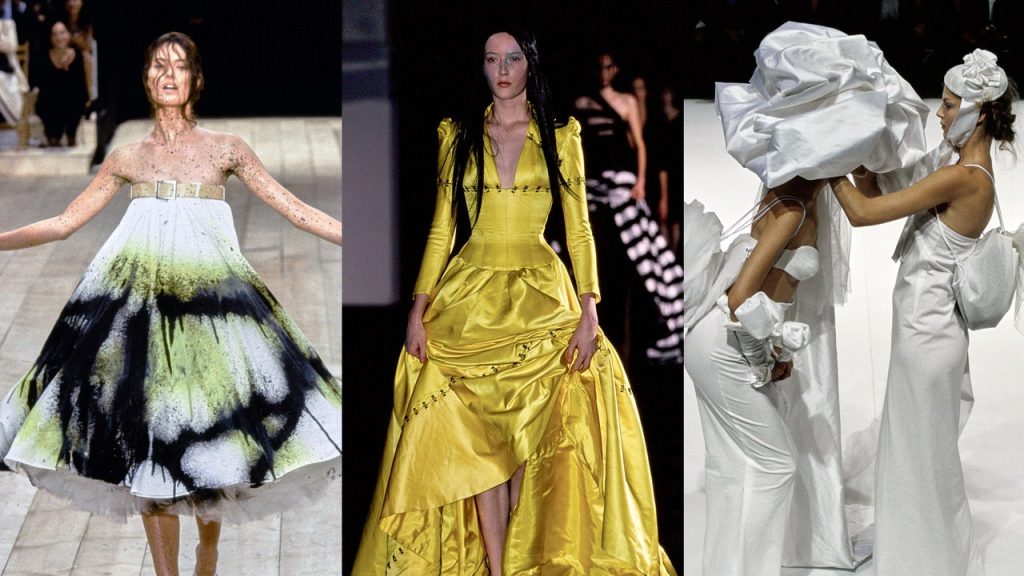In 1999, as a fashion news editor at Elle Magazine, the author did not attend the runway shows in Milan and Paris, but instead received updates from her boss over a landline. She followed along via Women’s Wear Daily and created scrapbooks with clippings from the publication, as well as coverage from the New York Times. It was a time when only the top brands sent out lookbooks, and it could take a month or more to receive them, making it a challenging time to stay in the know about the latest fashion trends. The launch of Style.com and the rise of social media have since changed the fashion industry, making it more accessible to the masses.
Nicolas Ghesquière, Louis Vuitton’s artistic director, reflected on the fashion scene of 1999 as a time when “fashion used to be for weird people.” Despite the changes brought about by online platforms and social media, Ghesquière has continued to uphold his unique vision at Vuitton for the past decade. The lack of online coverage in 1999 resulted in a year of runway extremes, with limited images available to the public. Laird Borrelli-Persson, who works in Condé Nast’s photo archive, has worked to digitize old slides, adding more 1999 collections to Vogue Runway’s archives.
The advent of Style.com and social media has revolutionized the fashion industry, allowing a wider audience to access runway shows and stay informed about the latest trends. Ghesquière’s recent show was viewed by an estimated half-billion people, highlighting the global reach of fashion coverage in today’s digital age. Despite these advancements, the element of exclusivity and uniqueness in fashion has not disappeared, with Ghesquière maintaining his distinct vision at Louis Vuitton.
In 1999, the fashion industry operated differently, with limited access to runway show coverage and lookbooks. The author recalls the laborious process of creating scrapbooks with clippings from Women’s Wear Daily, highlighting the challenges of staying informed without online resources. While the fashion landscape has since evolved with the rise of digital platforms, the essence of creativity and individuality in design remains integral to the industry.
The meticulous efforts of individuals like Laird Borrelli-Persson in digitizing old slides have preserved the history of fashion, allowing for the rediscovery of past collections. The scarcity of images from 1999 has made these collections all the more intriguing, with Ghesquière’s unique vision at Louis Vuitton standing out as a testament to the enduring impact of fashion. Despite the changes brought about by technology, the fundamental values of creativity and innovation continue to shape the industry.
The transformation of the fashion industry in the digital age has democratized access to runway shows and collections, making it possible for a global audience to engage with the latest trends. The author’s reminiscence of the fashion scene in 1999 serves as a reminder of the industry’s evolution and the continued importance of individuality and creativity in design. As fashion continues to evolve, the enduring legacy of designers like Ghesquière reminds us of the timeless appeal of innovative and distinct visions in the world of fashion.


